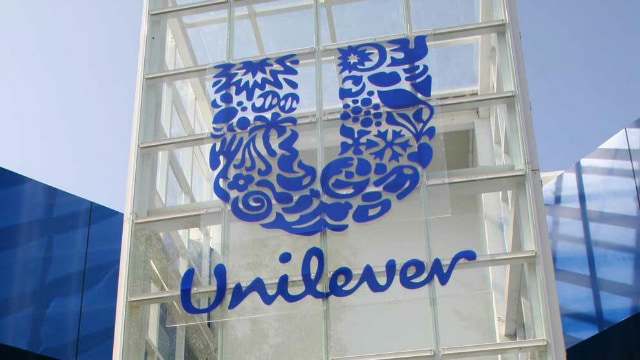Tobacco titan British American Tobacco grabbed the headlines last week after announcing plans to tie-up its operations with those of its North American partner Reynolds for $47bn. The deal will see it suck up the 57.8% of the US giant it does not own at present.
The planned accord sums up the huge potential for rampant revenue growth across the Atlantic, and is something that rival Imperial Brands (LSE: IMB) is no stranger to. The Bristol-based company sucked up a number of market-leading US brands like Winston and Maverick last year following the merger of Reynolds and Lorillard.
Imperial Brands noted late last month that “we have delivered strong growth in reported tobacco net revenue for the year driven by the US acquisition and the benefit of currency translation.” As well as benefitting from solid demand for its traditional products, the business also tapped into the fast-growing ‘vapour’ sector by picking up blu in 2015, one of the United States’ biggest e-cigarette labels.
With demand for Imperial Brands’ market-leading labels also rising in other core territories, the firm is expected to follow a 15% earnings surge in the year to September 2016 with a chunky 14% advance in the present period. This results in a forward P/E rating of 14.2 times, making the cigarette star great value for growth chasers — the FTSE 100 average stands at 15 times.
And Imperial Brands also smashes its blue chip peers in the dividend stakes, too. A predicted 170.9p per share reward for fiscal 2017 yields 4.4%, well ahead of the FTSE 100 average of 3.5%.
Brand beauty
Like Imperial Brands, Unilever (LSE: ULVR) also reaps the benefit of terrific pricing power, with products from Flora margarine and Axe deodorant to Dove soap on the top of shoppers’ lists in developed and emerging regions alike.
These defensive qualities have made Unilever a reliable earnings generator year after year, and the City does not expect this pattern to cease any time soon. Indeed, bottom-line expansion of 5% and 9% is chalked in for 2016 and 2017 respectively.
But scores of value hunters will no doubt give the household goods giant short shrift based on these figures. Indeed, Unilever trades on P/E ratios of 21.3 times and 19.5 times for this year and next.
And income seekers will no doubt be disappointed, too. An anticipated dividend of 122 euro cents for 2016 yields 3.1%, lagging the big-cap average by a little distance. And a predicted 130 euro cent reward for next year would raise the yield to 3.4%.
Still, I believe stocks of Unilever’s quality are deserving of such premiums. There are plenty of high-yielders like oil giant Shell and banking colossus Lloyds, stocks that carry gigantic yields but whose earnings — and subsequently dividend — outlooks can hardly be described as cast-iron, thanks to a variety of industry and macroeconomic factors.
Unilever is no such stock, however, and I expect the firm to provide reliable shareholder returns long into the future.








